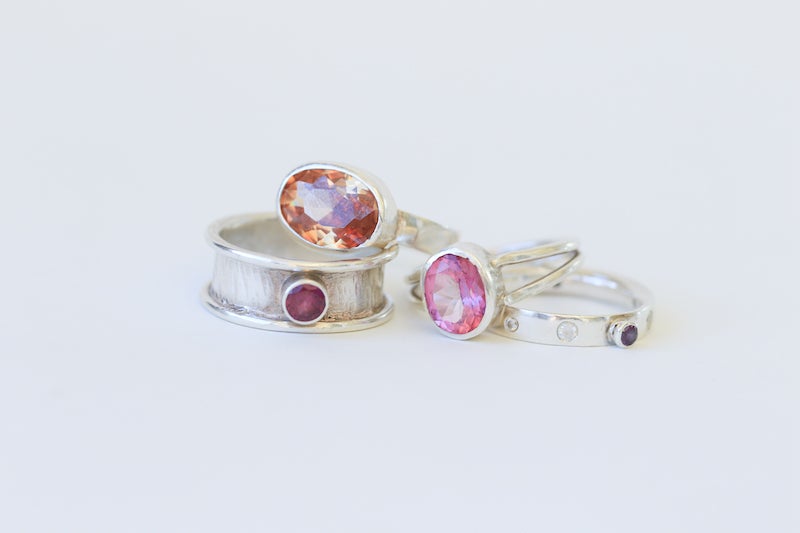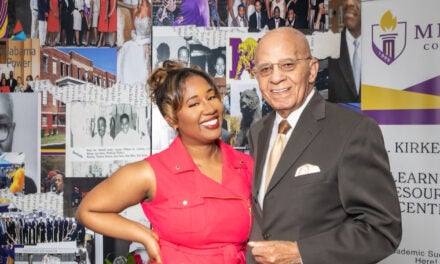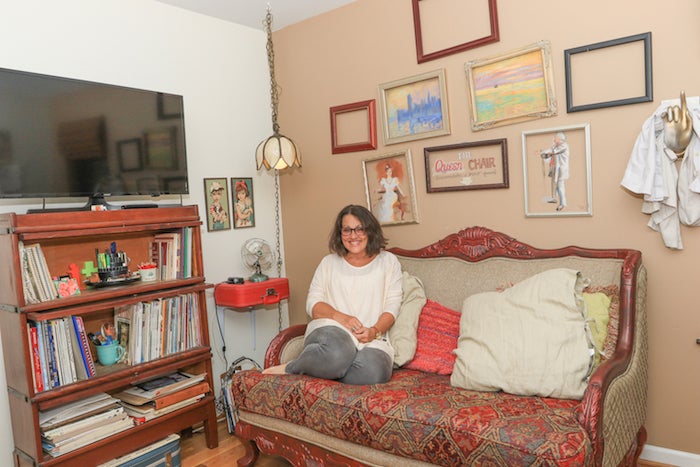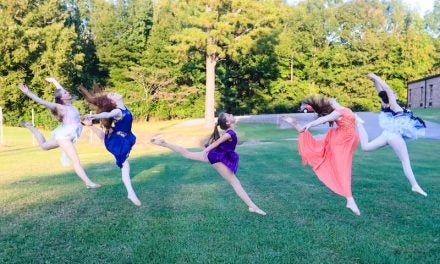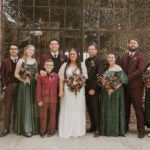A childhood spent assisting her gemologist grandfather led Carrington Wilson to a career in jewelry design.
Carrington Wilson’s eyes shine like quartz in the sun when she talks about jewelry. Her grandfather, Curtis Lewis, was a skilled gemologist who taught her as much about gemstones and jewelry as her young mind and hands could learn every summer when she was a child.
“My dad was in the military, so I stayed with my grandparents every summer to give me a sense of home,” Wilson says.

Her grandfather was a well-known Raleigh, North Carolina jeweler whose portfolio of work included engraved items for two U.S. presidents. When Wilson visited him during her summer breaks, she was his sidekick and go-to person for various tasks, including cleaning jewelry, measuring and threading pearls, and listening to his commentary as they took turns looking at different gemstones under his big microscope.
“I became sort of his little assistant. I really enjoyed it,” she says. Little did she know these experiences would play a major role in her adult life.
Wilson went to North Carolina State University’s School of Design for her bachelor’s degree, and the University of North Carolina at Chapel Hill for a master’s degree in fine arts with an emphasis on sculpture. Meanwhile, she worked as an artist and a jeweler to make ends meet for about 12 years. She received an Emerging Artist Grant in Raleigh, and made wall pieces and large installations including copper, bronze and mixed media.
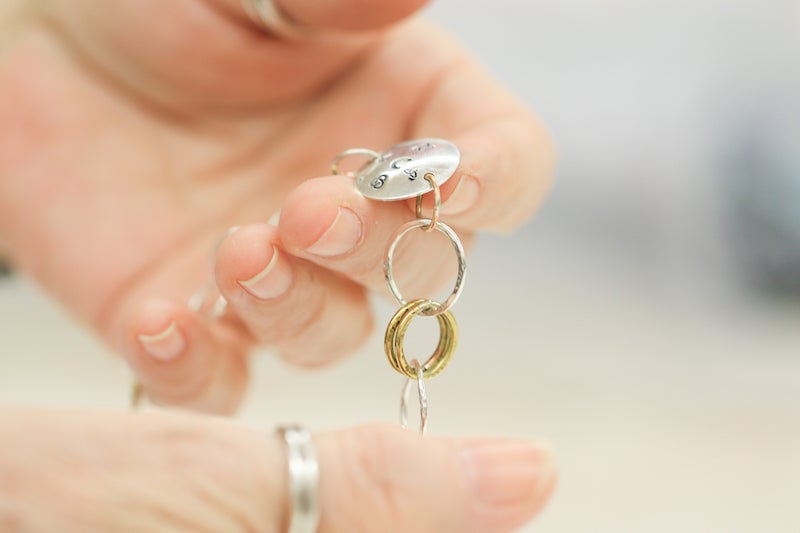
When Carrington and her husband got married and moved to Richmond, Virginia, she continued her artistic endeavors and worked with The Hand Workshop.
“I had a lot of fun with that,” she says. “We moved down here (to Alabama), and I sort of stopped for a while.”
In 2000, the couple moved to Chelsea. That’s when Carrington decided to set up a home studio for making jewelry – personal and commissioned pieces. Wilson’s jewelry-making abilities are as numerous as the facets of a gemstone. She can cut cabochons (polished gems without facets) from slabs, etch into different metals, make rings and solder pieces of metal together.
“I can modify pieces,” she says. “I really enjoy the mixture of the rough rock and the finished faceted stones.”
Above all, however, Wilson loves rings.
“Rings are my favorite thing,” she says. “I think they’re both intimate and also very public. I like matching the stones to the person.”
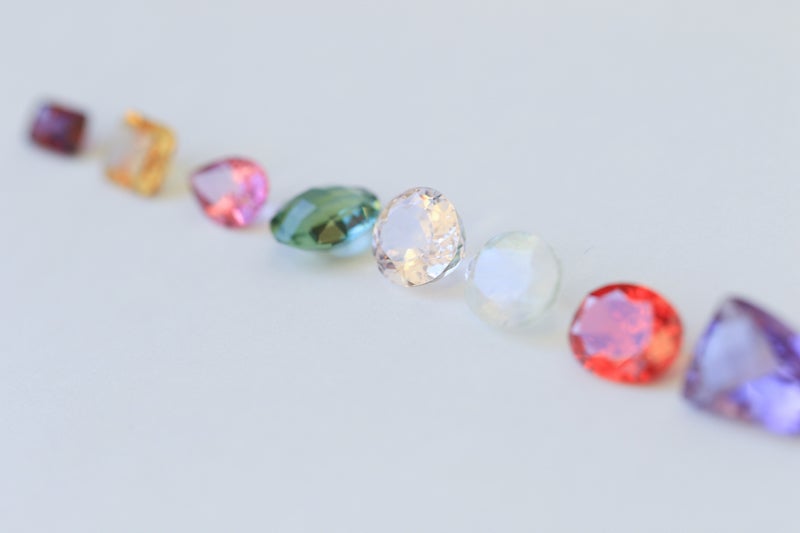
Wilson goes through phases of partiality to different stones. Currently, she is “really into Labrodite.” Last year, she couldn’t get enough of bright pink topaz.
“I have more stones than I will probably ever set in my lifetime,” she says. “I do a lot of stone work, and I collect them. I also travel.”
One of her recent purchases was a Mexican fire opal during a trip to Cancun.
Wilson buys many of her stones from a dealer she knows and trusts.
Most of the stones Wilson has are $60-$75 and include types like topaz and aquamarine.
“I like things that are playful and people can wear every day,” she says. “I like for people to pick out their stones. They really will share the energy with (the stones).”
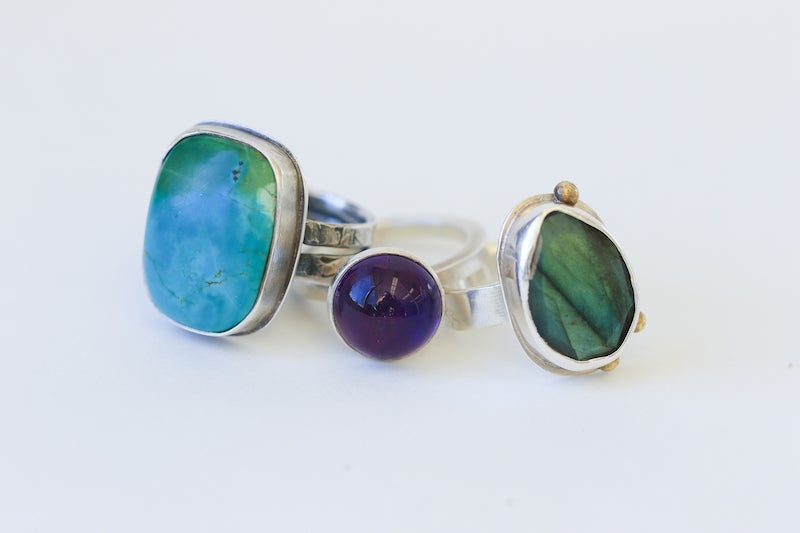
She started teaching classes at the Shelby County Arts Council about a year ago.
“I love the Arts Council. They have been wonderful,” she says. “The classes have been going well.”
In some of her classes, Wilson teaches people how to make rings, bracelets (made with different sizes of rings) and earrings. The bracelets might look intimidating to beginners, but Wilson insists they are an essential part of the learning process in jewelry construction, particularly because of the repetition they require. “The bracelet is a basic building block. It’s scary, but at the same time, it’s doable. By the time they finish this class, they’ll be able to make these things on their own.”
In addition, Wilson plans to lead a bezel setting class.
Wilson works with various metals for her jewelry, including sterling silver, gold, brass and copper. She has a class dedicated solely to making large copper bracelets. Participants are able to hone their skills hammering and even soldering the metal.
“That class is very active; there’s not a whole lot of lecture,” she says. “Metal isn’t as rigid as we think it is. It’s very malleable. It’s beautifully formed. You can do incredible things with it. It’s just a matter of your skill level and your interest.”
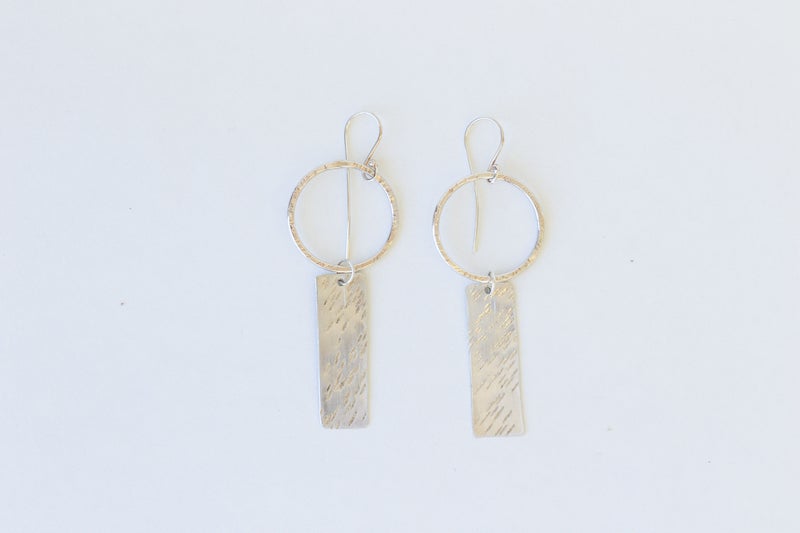
Wilson says men have taken her copper bracelet class in the past. One man’s copper bracelet was named the “winner” of the entire group at the end of the session. “The sky’s the limit in terms of your imagination.”
She also teaches wire-working, which enables people to make a wider range of wearable jewelry; however, she warns her wire-working class is heavier on lecture and much more tedious than her other classes.
For anyone interested in learning how to make jewelry without soldering, Wilson will teach “cold connections” that don’t require fire.
Wilson’s website, Wickedcarrot.com, contains images of her previous creations to give people an idea of what she can design and make. Whether she is working with clients or teaching a class, she simply wants to empower people – to help them “realize their own designs and their own dreams.”
“My work is very gratifying,” she says. “I like working with people. Building something that’s really going to be exciting is just worth it. If you’ve got something that really means something to you, it makes a difference.”

